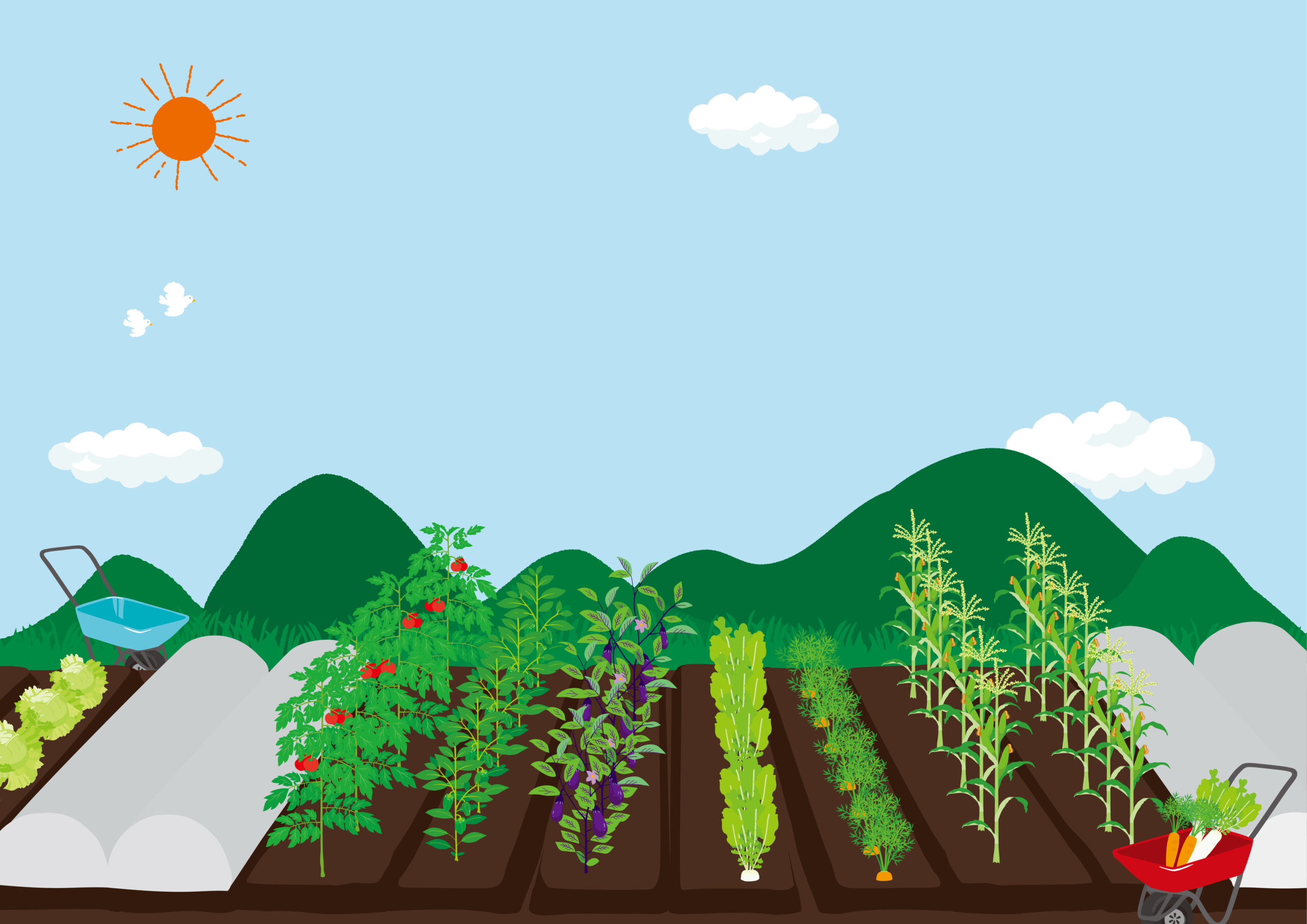
一日には朝、昼、晩があるように、一年にも巡りがあります。
夏は一番陽が強い季節で、冬は一番陰が強い季節。
春と秋はそれぞれ、陰陽、陽陰の季節となります。
世界の万物は陰と陽から出来ていて、わたしたち人間も同様です。
女性は陰、男性は陽、女性は月、男性は太陽のイメージがありますよね。
食べ物も同様です。中国や韓国の薬膳料理などでは陰陽の考えを取り入れていますが、日本も皆さん気が付かずに冬は陽を取り入れて、身体を温めて、夏は陰を取り入れて身体をクールダウンさせています。わたしは冬になるとシチューやけんちん汁といった2日に1度しか作らずに済む”ずぼら飯”をよく作りますが、逆に夏になると毎日献立を作ります。
というのは、陰の食べ物はあまり鮮度を保つのが難しいから美味しさを保つのが難しいからなのです。
陽の食べ物は食物の中に陽のエネルギーを多く含むので、痛みづらく長持ちします。
このレシピサイトではそういった基本をブログでお伝えしていこうと思います。
楽しいお話もたくさんしますので、ちょくちょく足を運んでくださいね♡
The strongest “Yan” season is the summer, and the strongest “Yin” season is the winter. The spring is “Yin Yan” season and the autumn is “Yan Yin” season. All consistencies of the world are made of either “Yin” or “Yan” or a mix of them, and we, as humans, are the same. The image of woman is “lunar” and the image of man is “solar”. The foods are made of these dual energies. In China and Korea, the foods are prepared based on the briefs of “Medicinal cuisine”. As many Japanese do, I naturally cook foods based on this idea to maintain good health. In winter, I cook stew or “Kenchin-jiru (varieties of vegi soy and miso soup)” that last for us to eat 2 days because the ingredients used in the winter keep their natural power during winter time. On vice versa, I cook meals every day during summer time because food in summer has less power to sustain its freshness. The “Yan” food contains a lot of positive power inside, which makes it keep its energy longer. In my blogs, I will tell you such basic things in energy. Please come visit me on this site.
Thanks:)